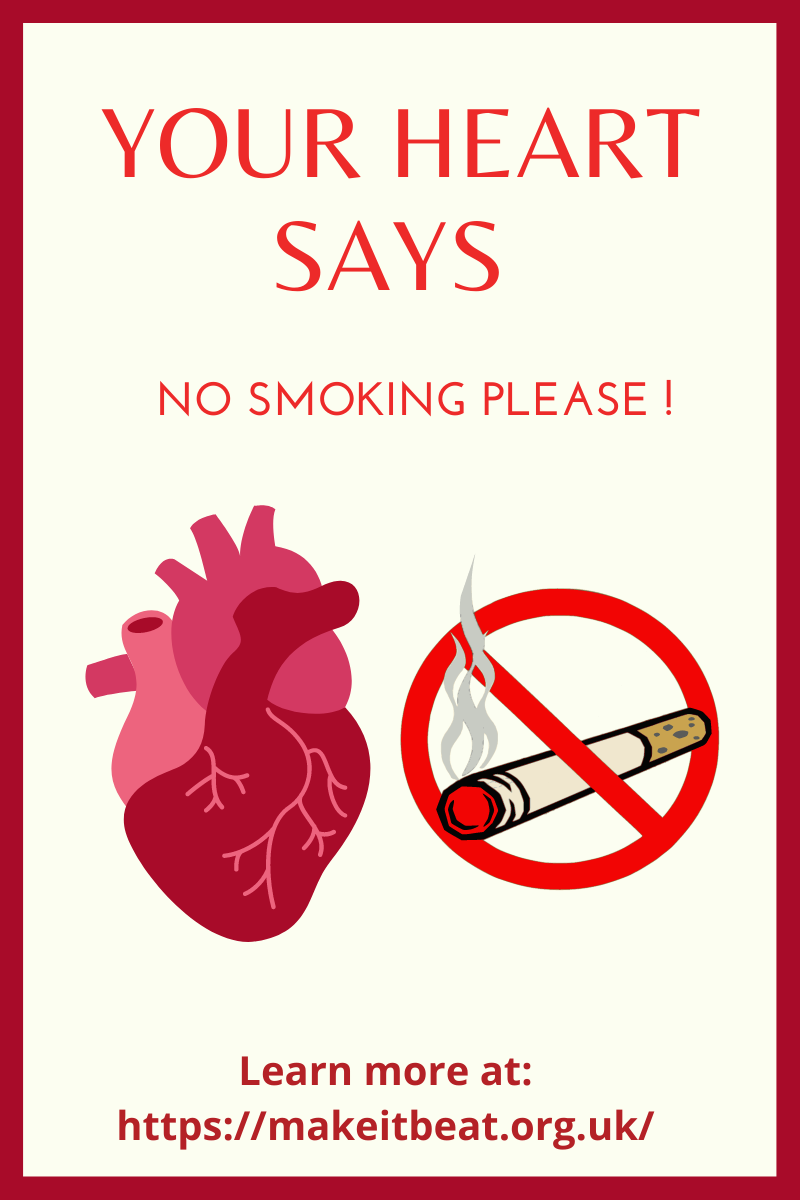Myocardial infarction is the medical name of acute myocardial necrosis. The term “myocardial infarction” focuses on the myocardium (the heart muscle) and the changes that occur in it due to the sudden deprivation of circulating blood. It is usually caused by thrombi (clots formed in arteries and veins) that block the blood flow and cause ischemic necrosis of the heart muscle. If you suspect the onset of a heart attack, it is important to address the ambulance service urgently and seek first aid. Cardiac routine consultation can highlight cardiac problems and is especially recommended for patients with a family history of cardiovascular disease.
 Causes of myocardial infarction
Causes of myocardial infarction
In most cases, the myocardial infarction is caused by atherosclerosis. In short, atherosclerosis is a disorder of the blood vessels, which, over time, leads to a reduction in the diameter of the blood vessel until it clogs. These deposits of atheromatous plaques may cause complications such as angina pectoris, myocardial infarction, stroke, etc. There are also nonatherosclerotic cases among which we can list the traumas (aortic dissection, coronary embolism, mitral valve prolapsed, bacterial endocarditis, ventricular hypertrophy, consumption of prohibited substances, coronary spasms, etc.)
Patients with unstable angina and those with coronary risk factors have an increased risk of acute myocardial infarction.
There are two types of risk factors:
a) Unchangeable risk factors such as age, gender, family history
b) Modifying risk factors such as smoking, dyslipidemia, diabetes, obesity, hypertension, etc.
Symptoms of myocardial infarction
The most common manifestation of myocardial infarction is a severe pain that appears suddenly in the chest, pain that can radiate in the jaw, in the shoulder and then in the left arm or in both arms. The patient may also experience excessive sweating, tiredness, and shortness of breath. The pain felt is similar to angina pectoris, but it is much more intense and lasts longer (between 15 minutes and sometimes several hours). There are cases in which patients have no symptoms, and the infarction still occurs. Patients experiencing just a moderate discomfort in the chest confuse it with indigestion and there are also patients who suddenly collapse and lose their lives due to a large stenosis. Acute myocardial infarction is associated with a 30% mortality rate, so it is important for patients to understand the need for cardiac consultation as a method of preventing the onset of heart disease.
Heart scan and laboratory investigations
Routine heart investigations can prevent a heart attack and help the cardiologist make a correct diagnosis so that the patient can receive appropriate treatment.
Treatment for myocardial infarction
When a heart attack is suspected, it is important for the patient to urgently go to the nearest hospital to receive the necessary medical care for survival. To mark the onset of an infarction, the cardiologist will perform an electrocardiogram (ECG) to show any abnormalities. The laboratory analyzes such as cardiac enzymes (troponin I and T, and CK-MB, myoglobin, AST / ALT, LDH, and CK) will be performed. If the start of infarction is confirmed, the patient will be monitored continuously (blood pressure, electrocardiogram, general condition), oxygen therapy will be performed, sublingual nitroglycerin and intravenous infusion will take place, analgesic and aspirin therapy, and he will be given heparin or fibrinolytic therapy with thrombolytics (in the case of patients presenting at the hospital less than 12 hours after the onset of the heart attack – these drugs are designed to dissolve blood clots).
In case of a myocardial infarction, an emergency coronarography is performed, which, depending on the degree of stenosis, can be transformed into coronary angioplasty (balloon dilation of the affected vessel or implantation of the stent). Depending on the severity of the stenosis, the emergency coronary artery bypass surgery will take place (open-heart classic surgery involving the harvesting of a healthy vein or arteries from another part of the body, which will then be grafted onto the diseased artery).
Evolution, Complications
Myocardial infarction may be classified as a:
- spontaneous heart attack (is caused by the breakage of the atheromatous plaque in coronary disease)
- myocardial infarction secondary to an ischemic imbalance (caused by coronary spasm, coronary embolism, hypo / arterial hypertension )
- a fatal heart attack that represents sudden cardiac death with suggestive symptoms of ischemia.
The patient may also present post-infarct angina, the main possible complications being coronary artery reclusion, atrial or ventricular arrhythmias that can cause sudden death, sinus / atrioventricular node dysfunction, pericarditis, central nervous system, mitral regurgitation, aneurysm, septal rupture, etc.
Due to the fact that acute coronary syndrome may be caused by several conditions and may also be silent (the patient is asymptomatic), it is important that patients presenting with symptoms suggestive of acute myocardial infarction be evaluated both from the point of view of the medical history, as well as physical examination







